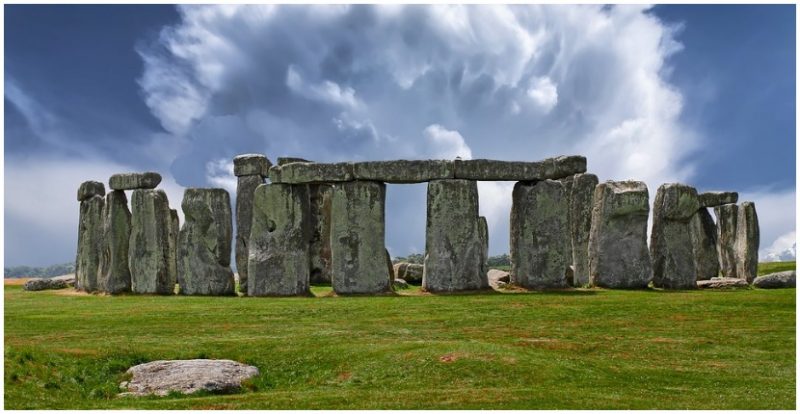The iconic site of the Stonehenge monument in Wiltshire, England, is shrouded in mysteries, including the details of its builders. New research has now revealed the British ancestors who constructed the monument were migrants who arrived on the island roughly around 4,000 BC.
These early arrivals in Britain seem to have traveled from Anatolia, in modern-day Turkey, and would replace previous hunter-gatherer populations that lived on the island, the BBC reported on April 16th.
The research draws conclusions from DNA comparisons from material collected from skeletal remains dated to the Neolithic age, and excavated from both around Britain and continental Europe. The findings were presented in the journal Nature Ecology & Evolution.
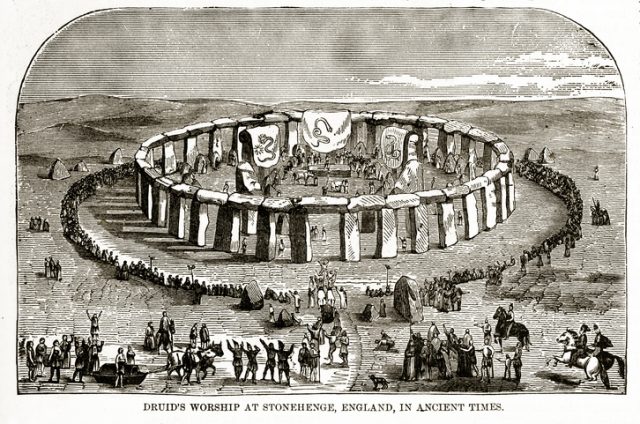
Britain’s Neolithic tenants were one of two groups of migrants who separated after they began their journey from the Near East as early as 6000 BC. While one of these migration groups reached and developed early farming cultures across areas of Central Europe, the second group — the one which eventually settled in Britain — initially reached present-day Spain, before finally moving the north, the research suggests.
“When the researchers analyzed the DNA of early British farmers, they found they most closely resembled Neolithic people from Iberia (modern Spain and Portugal). These Iberian farmers were descended from people who had journeyed across the Mediterranean,” writes the BBC.
From Turkey to Iberia, and from Iberia to Britain, these early farmers would have mingled with hunter-gatherers they met on their way. Amid their great migration, they certainly also took the time to adapt their farming techniques, especially as they were progressing from warmer to colder realms.
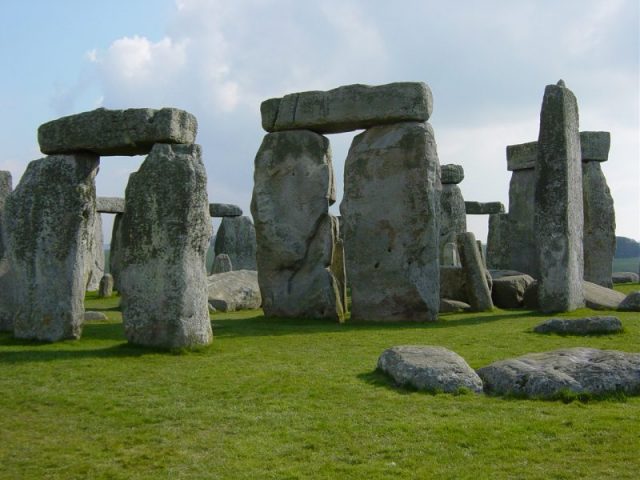
In order to reach Britain, they would have needed to make passage by boat, most likely landing at either south-west England or Wales. But future research is needed to confirm this information. Before this wave of migrants, Europe was inhabited by small nomadic groups of people who were reliant on hunting, fishing, and foraging. The new arrivals not only introduced farming, but also other civilizational advancements.
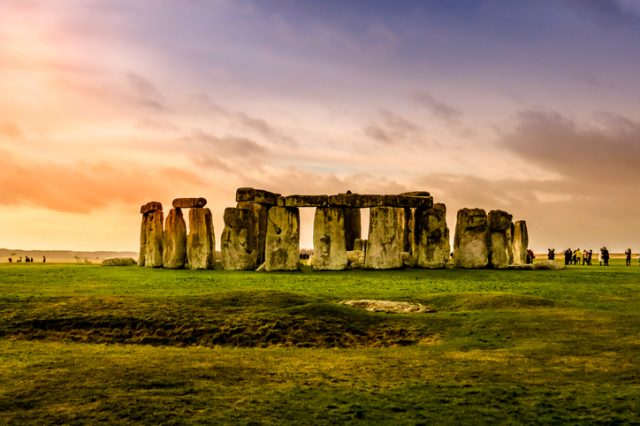
One of the greatest proofs to this hypothesis can be found in Britain, where the Neolithic early farmers brought the knowledge of constructing megalithic monuments. It was the ancestors of these people that began the actual work of Stonehenge.
Work on Stonehenge lasted for several centuries, with the first construction stage starting around 3000 BC. In it’s earliest form, Stonehenge was a simple circular enclosed earthwork, typical for henges of the era.
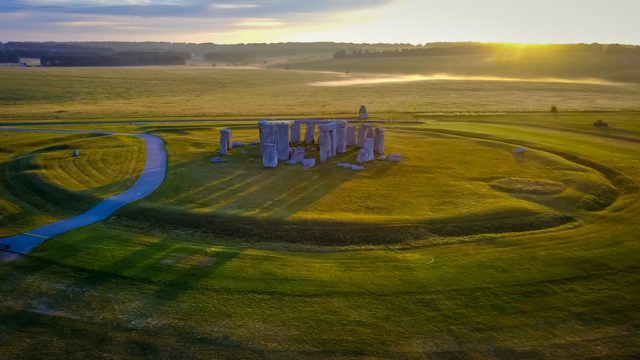
Timber posts would have been added sometime around 2800 BC, just a few centuries before the Neolithic farmers were replaced by another wave of migrants: the Bell Beaker culture.
For the purposes of the latest research, 47 Neolithic farmer skeletons were examined for their DNA, the majority of the samples dating from 6,000 to 4,500 years ago. Six of the skeletons were dated from 11,600 to 6,000 years ago, hence classified as Mesolithic hunter-gatherers.
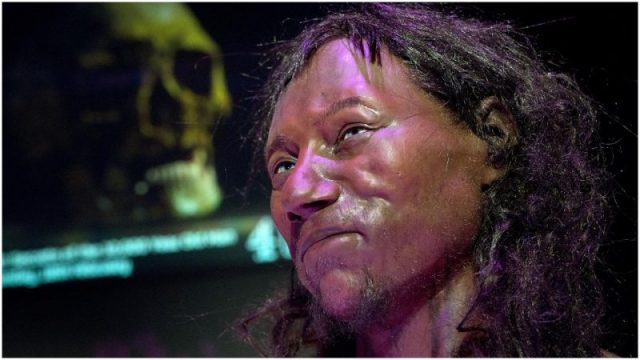
One of the skeletons analyzed was the Cheddar Man, who lived around 7100 BC. He is the oldest near-complete human fossil so far found in Britain. Excavated in 1903, Cheddar Man gained renewed fame after his dark-skinned, blue-eyed reconstruction was presented at the Natural History Museum in 2018.
In contrast to the Mesolithic people, the Neolithic farmers would have had different body attributes, such as paler skin, brown eyes, and dark-brown or black hair, the genetic comparison pointed out.
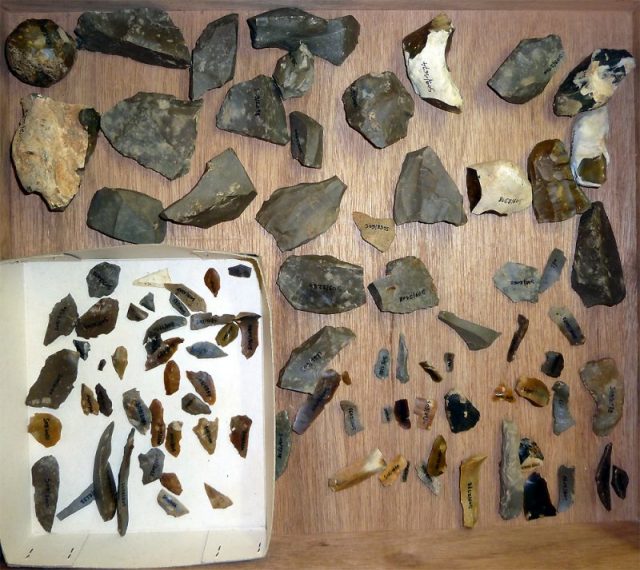
The arrival of the early Neolithic farmers in Britain affected the populations that already inhabited the island. They gradually began to disappear, failing to produce any strong ancestry lineage, except for one group in Scotland.
“We don’t find any detectable evidence at all for the local British western hunter-gatherer ancestry in the Neolithic farmers after they arrive,” said one of the study co-authors, Dr. Tom Booth from London’s Natural History Museum, the BBC reports.
“That doesn’t mean they don’t mix at all, it just means that maybe their population sizes were too small to have left any kind of genetic legacy,” he said.
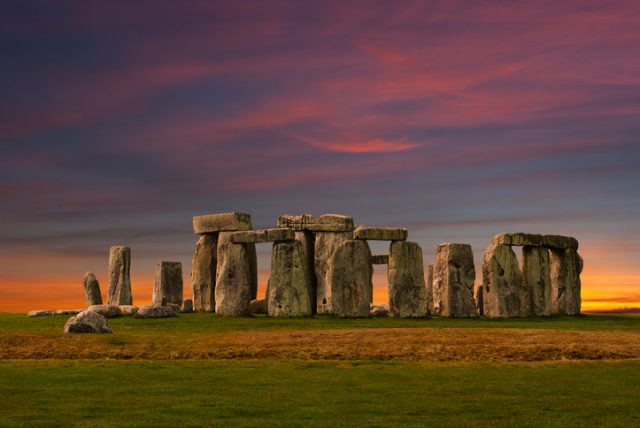
Finally, the end of Britain’s early Neolithic farmers came around the year 2450 BC, as the Bell Beaker wave of migrants introduced another demographic change on the island. Which means, in a relatively short period of time, Britain experienced two significant genetic shifts.
Of course, DNA analysis cannot alone completely explain the processes of how these genetic changes unfolded. What’s clearer is that each population left its trace on the island. In the case of the Neolithic farmers’ lineage, one of those most prominent traces was building the landmark site of Stonehenge, as well as aiding the key evolutionary transition from hunter-gather to agrarian society.
